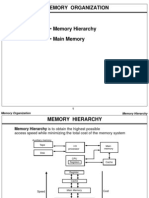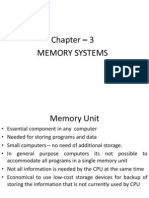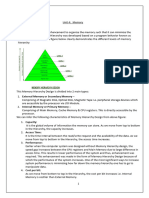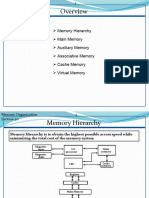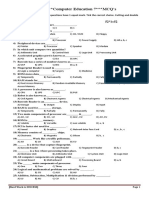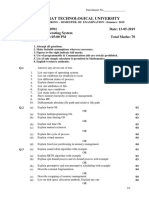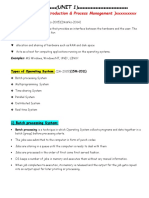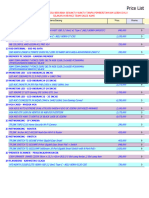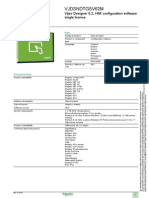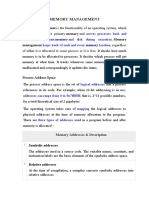0% found this document useful (0 votes)
54 views25 pagesMemory Organization Basics
The document discusses memory organization and hierarchy. It covers topics like main memory, auxiliary memory, cache memory, and virtual memory. It describes the memory hierarchy from registers to external storage. Lower levels have faster access but smaller capacity, while higher levels have larger capacity but slower access.
Uploaded by
salpoha0102011Copyright
© © All Rights Reserved
We take content rights seriously. If you suspect this is your content, claim it here.
Available Formats
Download as PPTX, PDF, TXT or read online on Scribd
0% found this document useful (0 votes)
54 views25 pagesMemory Organization Basics
The document discusses memory organization and hierarchy. It covers topics like main memory, auxiliary memory, cache memory, and virtual memory. It describes the memory hierarchy from registers to external storage. Lower levels have faster access but smaller capacity, while higher levels have larger capacity but slower access.
Uploaded by
salpoha0102011Copyright
© © All Rights Reserved
We take content rights seriously. If you suspect this is your content, claim it here.
Available Formats
Download as PPTX, PDF, TXT or read online on Scribd
/ 25









